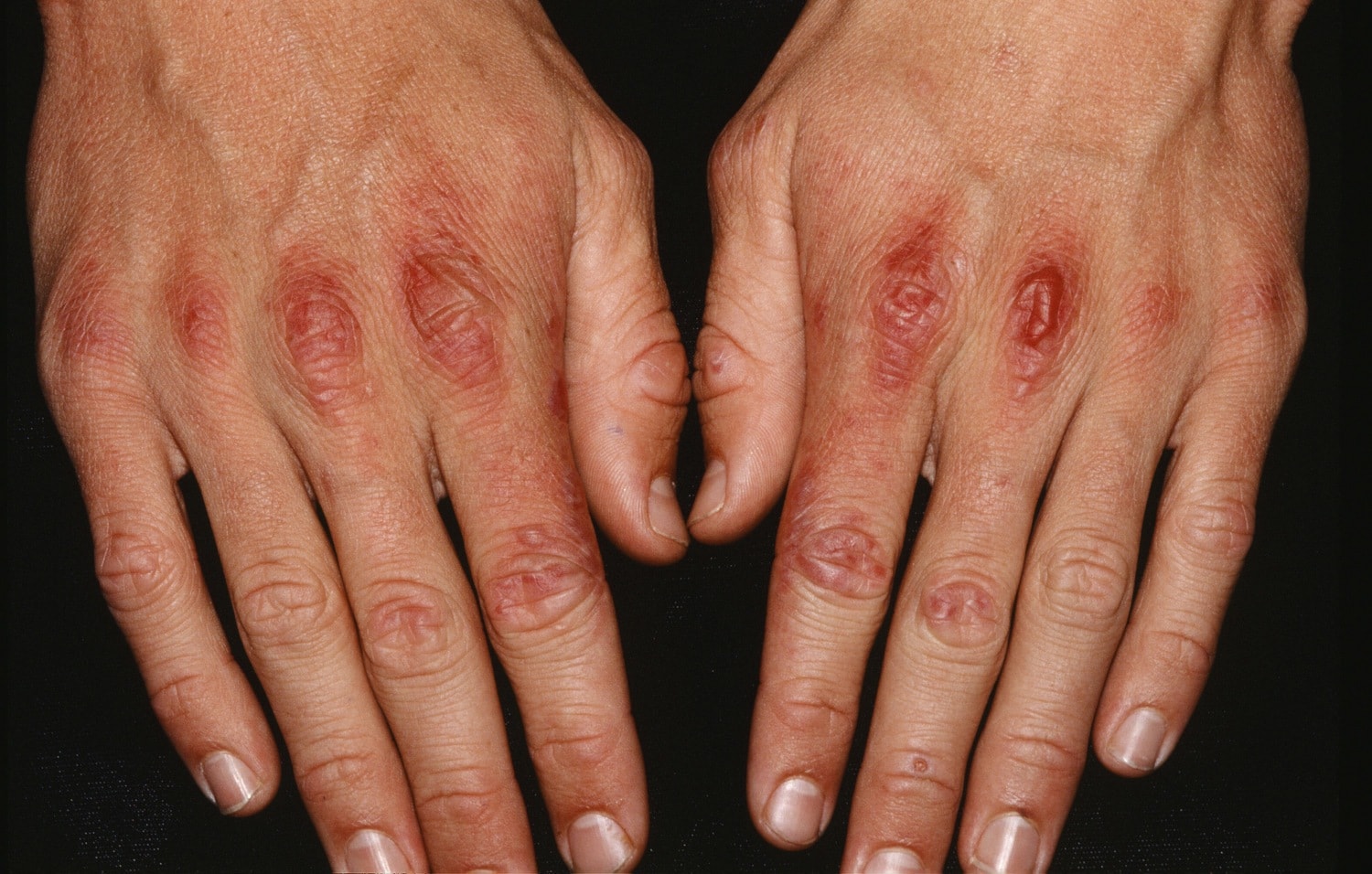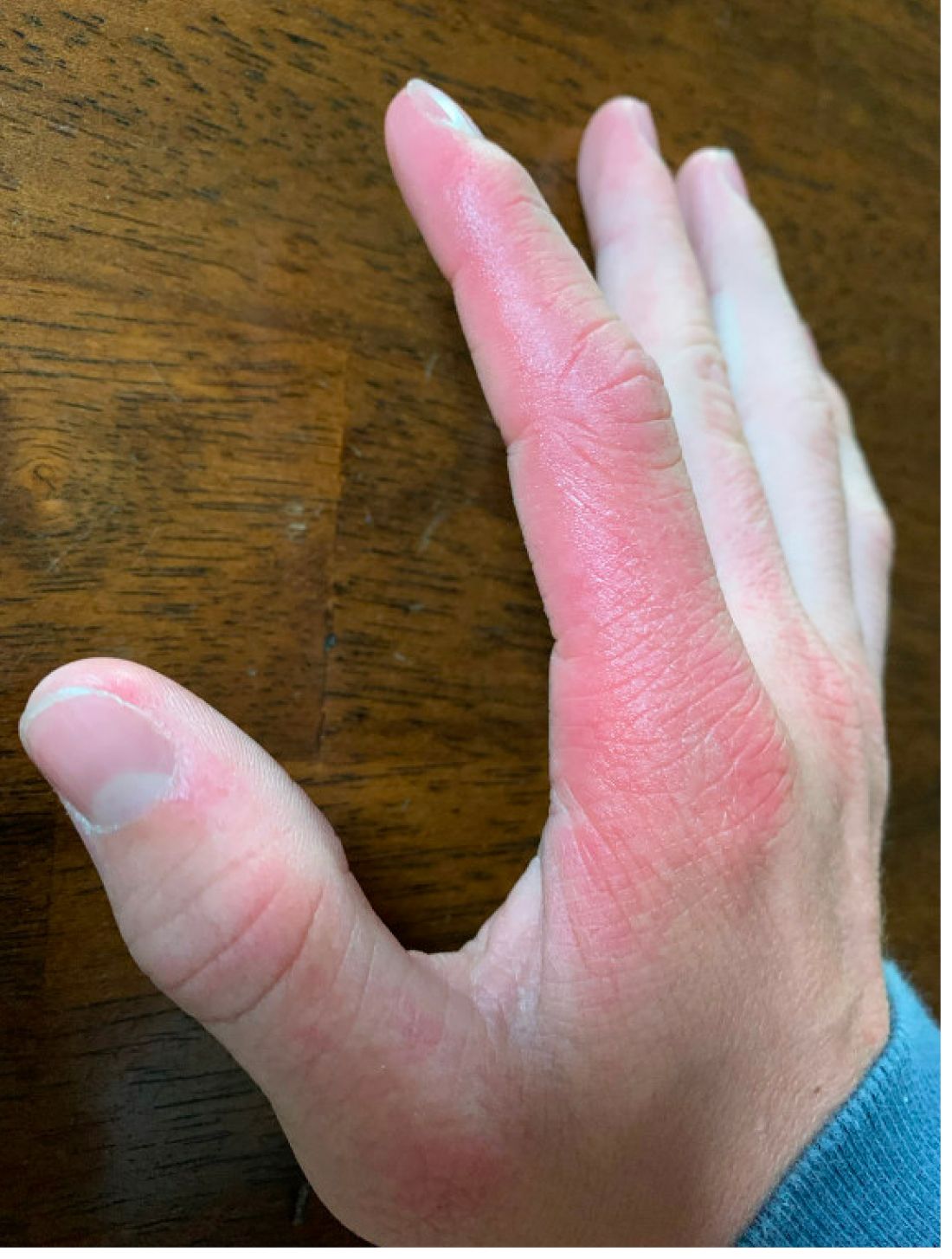Doxycycline, Sunburn & Photosensitivity: What You MUST Know!
Ever wondered why that seemingly harmless walk in the sun turned into a painful, blistering nightmare? It might be the antibiotic you're taking: Doxycycline. This common medication, while effective against a range of infections, packs a hidden punch – photosensitivity, making your skin incredibly vulnerable to the sun's harmful rays.
Doxycycline, a broad-spectrum antibiotic, is frequently prescribed for various ailments. It’s a go-to treatment for bacterial infections like pneumonia, Lyme disease, syphilis, and even plague. It’s also used to combat acne. Available in various forms – oral capsules, extended-release capsules, powders for suspension, syrups, tablets, and delayed-release tablets – its versatility makes it a staple in many medicine cabinets. However, this powerful drug comes with a significant caveat: the potential for severe photosensitivity. This means your skin becomes exceptionally susceptible to sunburn and other adverse reactions, even with minimal sun exposure. And it's not just direct sunlight; tanning beds can also trigger these reactions.
| Category | Information |
|---|---|
| Generic Name | Doxycycline |
| Drug Class | Tetracycline Antibiotic |
| Common Uses | Pneumonia, Lyme disease, Syphilis, Plague, Acne, Malaria Prophylaxis |
| Possible Side Effects | Photosensitivity, Sunburn, Skin Rash, Itching, Esophageal Irritation |
| Available Forms | Oral capsule, oral capsule extended release, oral powder for suspension, oral syrup, oral tablet, oral tablet delayed release |
| Further Information | RxList - Doxycycline |
The increased risk of sunburn isn't a minor inconvenience; it can lead to serious discomfort and potential long-term damage. Imagine a patient taking doxycycline for Lyme disease during the summer months. Unaware of the heightened photosensitivity, they spend a day outdoors, only to return with a severe sunburn that could have been easily prevented. The severity of the reaction can vary significantly from person to person. As one health professional, Medeiros, pointed out, "You and I can both take doxycycline and go out into the sun, and one of us could be fine, and the other end up in the ER." This unpredictability underscores the importance of understanding and mitigating the risks associated with doxycycline and sun exposure.
- Your Guide To Movie Reviews Updates Find It All Here
- Movierulz 2025 Your Guide To Telugu Movies Updates
So, what happens if you find yourself with a sunburn while taking doxycycline? Fortunately, there are steps you can take to alleviate the discomfort. Applying a cool compress and using aloe vera gel can provide soothing relief. Staying hydrated by drinking plenty of water is also crucial. However, if the sunburn is severe, seeking immediate medical attention is paramount. Signs of a severe sunburn include fever, chills, blistering, peeling, or weeping skin. These symptoms indicate a serious reaction that requires professional medical intervention.
The good news is that the photosensitivity caused by doxycycline is usually temporary. Discontinuing the medication typically alleviates symptoms within one to two days, and the risk of a reaction significantly decreases after being off the drug for the same period. However, it's essential to consult with your doctor before stopping any prescribed medication. They can provide guidance on the best course of action and suggest alternative treatments if necessary.
Doxycycline's photosensitive side effects stem from its interaction with ultraviolet (UV) radiation. When the drug is exposed to sunlight, it can trigger phototoxic reactions in the skin. These reactions can manifest as a range of symptoms, from mild rashes and itching to severe sunburns and blistering. In rare cases, doxycycline can even cause photo-onycholysis, a condition characterized by the separation of the nail from the nail bed due to prolonged and intense UV exposure. This condition can affect both the hands and feet, although it often spares the toenails due to the protection afforded by shoes.
- Movierulz Apk Download Latest Movies Bollywood Hollywood Free
- Watch Kannada Movies 5movierulz 2025 More
Tetracyclines, as a class of antibiotics, are well-known for their photosensitive properties, and doxycycline, in particular, is a prominent culprit. The higher the dose of doxycycline, the greater the risk and severity of the photosensitive reaction. This is particularly concerning because doxycycline is often prescribed for extended periods, especially for conditions like acne and Lyme disease prophylaxis. Therefore, patients taking higher doses or undergoing long-term treatment should be especially vigilant about sun protection.
Given the importance of doxycycline in malaria prophylaxis, especially in regions with high sun exposure, the risk of photosensitivity becomes a critical consideration. Travelers and residents in these areas must take extra precautions to protect themselves from the sun while taking doxycycline. This includes wearing protective clothing, using broad-spectrum sunscreen with a high SPF, and avoiding prolonged sun exposure, especially during peak hours.
While numerous studies have examined the phototoxicity of tetracyclines in general, there's a relative lack of research specifically focusing on doxycycline-induced photosensitivity. This gap in knowledge underscores the need for further investigation into the mechanisms underlying this adverse effect and the development of strategies to mitigate its impact. A study involving 15 subjects found that 11 of those taking doxycycline experienced mild, transient, abnormal sunburn reactions, paresthesias (tingling or burning sensations), or both, compared to none in the minocycline or placebo groups. This highlights the significant difference in photosensitivity between different tetracycline antibiotics.
Early signs of a photosensitive reaction can include tingling and burning sensations in the extremities and other exposed areas. These symptoms should be considered red flags, prompting immediate action to minimize further sun exposure. Ignoring these warning signs can lead to more severe reactions, such as painful sunburns and blistering.
It's also important to note that some individuals may be more susceptible to doxycycline-induced photosensitivity than others. Factors such as skin type, pre-existing skin conditions, and concurrent use of other photosensitizing medications can all influence the risk and severity of the reaction. Patients with fair skin or a history of sunburns may be particularly vulnerable.
To minimize the risk of photosensitivity while taking doxycycline, healthcare providers should proactively educate patients about the potential for adverse reactions and provide clear instructions on sun protection measures. This includes advising patients to:
- Avoid prolonged sun exposure, especially during peak hours (10 AM to 4 PM).
- Wear protective clothing, such as long sleeves, hats, and sunglasses.
- Apply broad-spectrum sunscreen with an SPF of 30 or higher to all exposed skin.
- Reapply sunscreen every two hours, or more frequently if swimming or sweating.
- Avoid tanning beds and sunlamps.
- Be aware of potential drug interactions that may increase photosensitivity.
If you experience a photosensitive reaction while taking doxycycline, it's crucial to:
- Stop taking the medication (after consulting with your doctor).
- Seek shade or go indoors immediately.
- Apply cool compresses to the affected areas.
- Use aloe vera gel to soothe the skin.
- Stay hydrated by drinking plenty of water.
- Consult with your doctor or pharmacist for further guidance.
In some cases, your doctor may recommend an alternative antibiotic that is less likely to cause photosensitivity. However, the choice of antibiotic will depend on the specific infection being treated and other individual factors.
While photosensitivity is a significant concern with doxycycline, it's important to remember that the drug is generally safe and effective when used as prescribed. By taking appropriate precautions and being aware of the potential risks, patients can minimize their risk of adverse reactions and reap the benefits of this valuable medication.
Beyond sunburn, doxycycline can sometimes cause other skin reactions, including rashes and itching, which may indicate an allergic reaction. It's important to distinguish between a photosensitive reaction and an allergic reaction, as the treatment approaches may differ. If you experience a rash or itching while taking doxycycline, contact your doctor immediately.
Another potential side effect of doxycycline is esophageal irritation. Taking doxycycline without sufficient water can lead to ulceration of the esophagus. To prevent this, always take doxycycline with a full glass of water and avoid lying down immediately after taking the medication.
In summary, doxycycline is a powerful and versatile antibiotic, but its potential for photosensitivity should not be underestimated. By understanding the risks and taking appropriate precautions, patients can minimize their risk of adverse reactions and safely benefit from this important medication. Remember to consult with your doctor or pharmacist if you have any questions or concerns about doxycycline or any other medication.
The frequency of photosensitivity reported in studies on doxycycline for treating erythema migrans (EM), the characteristic rash of Lyme disease, has varied widely, ranging from none to 15%. This variability may be due to differences in study populations, sun exposure levels, and reporting methods. However, it underscores the importance of individualized risk assessment and patient education.
Some patients, upon noticing increased sun sensitivity, may consider stopping their medication without consulting their doctor. This can be dangerous, as it may lead to incomplete treatment of the underlying infection. It is always best to discuss any concerns about side effects with your healthcare provider before making changes to your medication regimen.
Healthcare providers play a critical role in educating patients about the risks and benefits of doxycycline, including the potential for photosensitivity. They should also inquire about patients' lifestyle factors, such as their occupation, recreational activities, and planned travel, to assess their risk of sun exposure and tailor their recommendations accordingly.
Ultimately, managing the risk of doxycycline-induced photosensitivity requires a collaborative approach between patients and healthcare providers. By working together, they can ensure that patients receive the best possible care while minimizing the potential for adverse reactions.
And remember, if you are taking doxycycline and know you cannot avoid the sun, inform your healthcare provider. They might consider an alternative medication for you. You should also never use tanning beds while taking doxycycline.



Detail Author:
- Name : Breanna Deckow
- Username : rwalsh
- Email : jenkins.melany@brakus.com
- Birthdate : 1979-06-09
- Address : 333 Justina Rest Suite 477 Hobarthaven, MD 02805
- Phone : 339-619-8091
- Company : Heaney-Feil
- Job : Physicist
- Bio : Aperiam nemo qui aliquam voluptates suscipit. Soluta eos provident aut. Ducimus qui maiores eveniet est ad.
Socials
instagram:
- url : https://instagram.com/jacinto.champlin
- username : jacinto.champlin
- bio : Magni soluta tempora aut delectus. Quia architecto ipsa facere officiis.
- followers : 3013
- following : 2672
twitter:
- url : https://twitter.com/jacinto2043
- username : jacinto2043
- bio : A dolore qui officiis commodi suscipit sint et. A libero ut dolores. Est reprehenderit id id adipisci dolore.
- followers : 6911
- following : 2810
linkedin:
- url : https://linkedin.com/in/jacinto.champlin
- username : jacinto.champlin
- bio : Numquam aut itaque molestias illum dolores enim.
- followers : 5378
- following : 2993